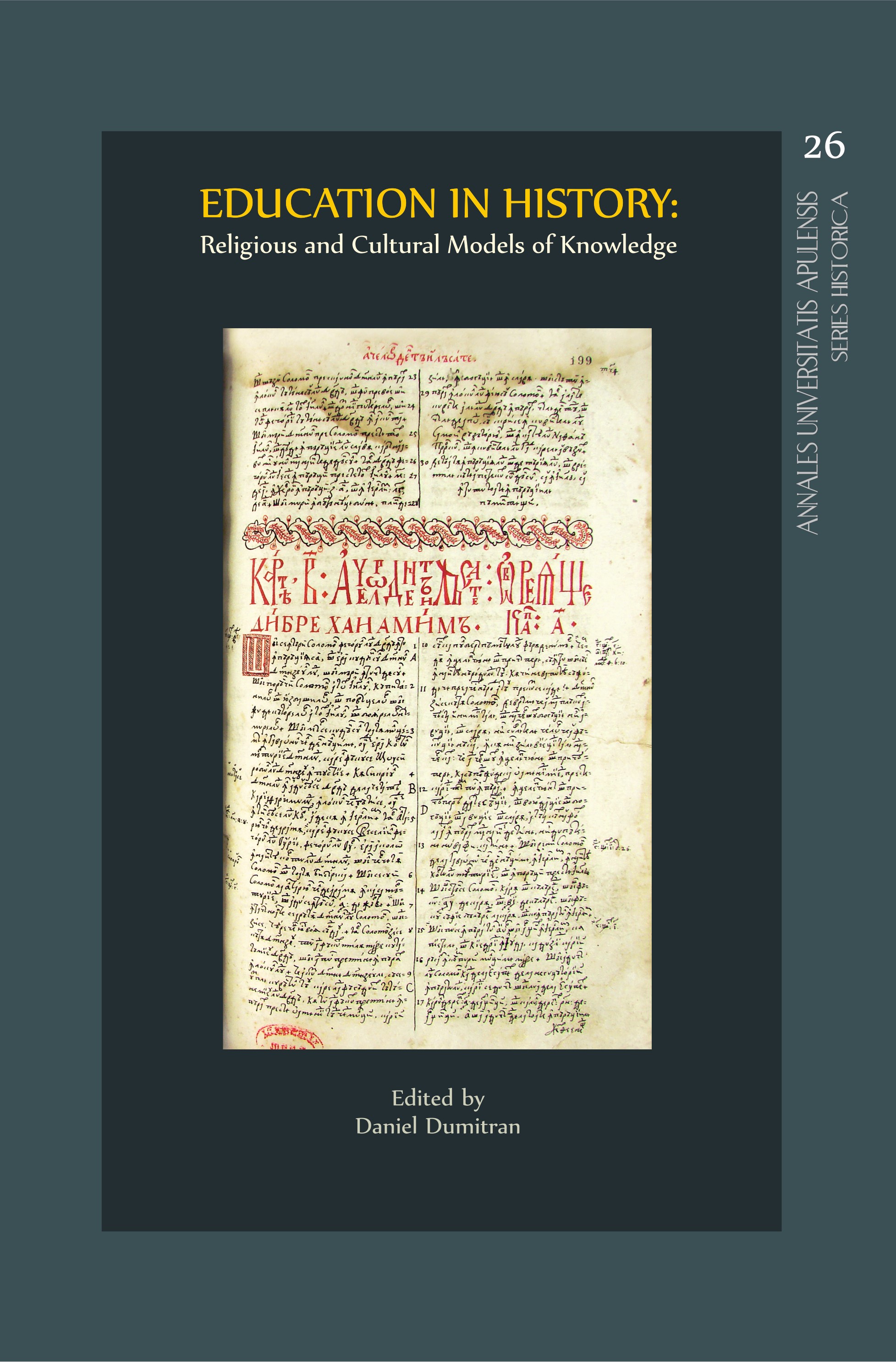The Context of the First Romanian Translations Revisited
The Context of the First Romanian Translations Revisited
Author(s): Ana DumitranSubject(s): History, Cultural history, Modern Age
Published by: Editura Mega Print SRL
Keywords: the first Romanian translations; Hurmuzaki Psalter; Psalter from Voroneț; Psalter from Șcheia; texts with rhotacism;
Summary/Abstract: The division of the territory inhabited by Romanians into at least three large regions, each subject to different influences if not fundamentally different, represents a reality that would have led to several independent initiatives to translate the Scriptures and other texts of moral instruction into Romanian. However intense the cultural and material exchanges in the Middle Ages may have been, they did not always act in a coherent manner, making it impossible for a single group of scholars to have been responsible for such a complex dissemination of translations as the oldest preserved copies of the Psalter. I believe that each Romanian province tried, in its own way, to respond to this difficult task that arose in the Romanian landscape in the mid-fifteenth century as a result of the disputes around the restoration of Christian unity. At least four threads resulted from the merging, from which, in the sixteenth century, Romanian literature emerged.A first source passed through the western part of present-day Romania, meaning the Banat of Severin, Crișana and northwestern Transylvania, where the confrontations between Catholicism and Orthodoxy had taken place much earlier, contact with the West was more intense, and there was a stronger need to assert identity given that, especially following the Ottoman occupation of southern Danube, the Orthodox group in medieval Hungary was increasing due to Serbian colonisation.A second source existed in Maramureș, where coexistence with the Ruthenians and the reverberations of the culture emanating from the University of Prague increased the variety of models, as illustrated by Ioan-Florin Florescu in the exegesis he dedicated to the sources of the Tetraevanghelium printed at Sibiu between 1551-1553, and in Nagy Levente’s synthesis on the relationship between Romanians and the Protestant Reformation.The third source appeared in Moldavia, where, after a period of hesitation between the Catholic offer from Poland and that brought by Hussite refugees from Hungary and Bohemia, the vision of the anti-unionist Metropolitan Teoctist I was imposed. As a result of his close collaboration with the voivode Stephen the Great, his relations with the Orthodox circles of Athos and Kyiv, and his correct understanding of Moldavian realities (which were deeply affected by wars for the throne but also, to a large degree, religious wars), Teoctist was best able to bring together Slavic sources of very good quality, praiseworthy acculturation initiatives and the resources of the scriptoria of Moldavian monasteries.The fourth source developed in the interior of Transylvania, in Banat, more precisely in Lugoj-Caransebeș and Hunedoara, being the domain of the Romanian Reformed Episcopate founded in 1566. At its initiative, several editions were compiled from previous translations, and the literary repertory was enriched with its own contributions whose utility went beyond the limits between which other sources operated, including books for worship and not only those for reading. Its inheritance fell to the Orthodox Metropolitanate of Alba Iulia, which resumed the effort to translate and print in the mid-seventeenth century, bringing it into line with the most advanced standards reached at the time in publishing of holy books.
Journal: Annales Universitatis Apulensis Series Historica
- Issue Year: 26/2022
- Issue No: 1
- Page Range: 125-166
- Page Count: 42
- Language: English
- Content File-PDF

